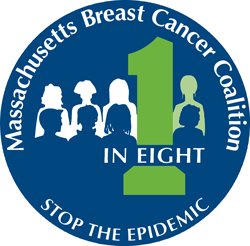A recent article, “A Grim Breast Cancer Milestone for Black Women,” published on the New York Times Well blog highlights an unsettling change in breast cancer statistics. Historically, Black women have had consistently lower incidence of breast cancer than white women, but a higher mortality rate. Now, for the first time, the incidence rate for breast cancer is the same in African-American and white women in the U.S. according to a new report from the American Cancer Society.
“To me the bottom line of these statistics is the evidence that the health disparity between African-American and white women in the U.S. is still going strong,” said Kirsten Moysich, a professor of oncology at the Roswell Park Cancer Institute in Buffalo. “And it’s even more pronounced than previously reported.”
The article states, “Black women are given breast cancer diagnoses at younger ages and die from the disease at younger ages than white women, suggesting that the disease may exact a greater economic and family toll on the black community by stealing more of a woman’s most productive years.”
While there is no clear answer why incidence rates have increased for African-American women, the article does suggest that risk factors including rising obesity rates and/or changing reproductive patterns may play a role.
At the Massachusetts Breast Cancer Coalition, we question if unequal burden of harmful environmental exposures also plays a part. Minority and low-income populations tend to have higher toxic exposures in their homes and neighborhoods. The breast cancer mortality rate is higher in African-American women, largely due to unequal access to affordable, high quality medical care. In the U.S., a black woman diagnosed with breast cancer is 42% more likely to die from breast cancer than a white woman. As the New York Times article notes, “advances in diagnosis and treatment that have sharply improved survival rates from breast cancer and saved countless lives have largely bypassed African-American women.” This is not a new issue. It is a serious reminder of the inequalities faced by members of our society every day.
To read the New York Times article, please click HERE.
